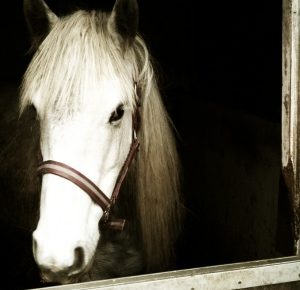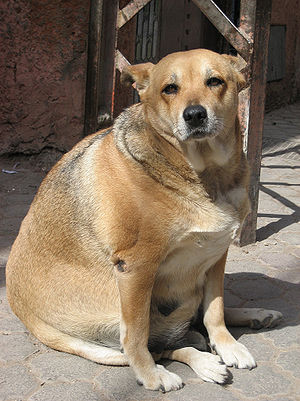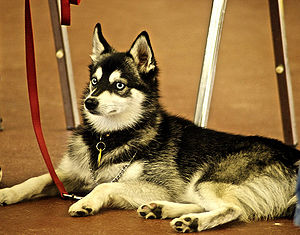
Osteochondritis Dissecans usually affects large breed dogs between the ages of 5-8 months and may be due to rapid growth. It can affect any joint but the most common is the shoulder.
An area of shoulder cartilage thickens and breaks off, falling into the joint. A loose lump is formed called a “joint mouse” which rubs on the joint causing arthritis.
Symptoms can include lameness, swelling, pain, local heat, difficulty getting up after rest. Symptoms seem to worsen after exercise. Your veterinarian can diagnose osteochondritis dissecans through x-rays.
Treatment is usually surgery to remove the joint mouse. Arthroscopic surgery has been successful in treating OCD. The surgeon is able to see inside the joint with a camera attached to a fiberoptic light source that transmits the picture to a TV monitor. Instruments can be manipulated to clean the site more easily. While there are risks with any surgery, arthroscopy is less invasive.
Following surgery, the patient’s activity is limited for about 6-8 weeks. Physical therapy is advised to avoid stiffness in the joint. The dog is able to walk the first day, but can be taken only for short walks.
Prognosis is good, but dogs with arthritis may need pain relievers. Some dogs experience a bit of lameness after exercise.



